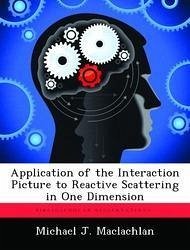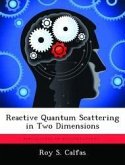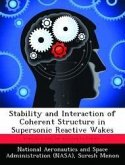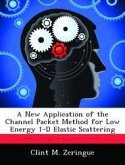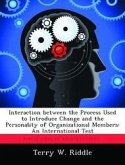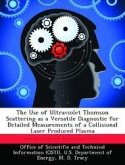The interaction picture is used together with the channel-packet method in a new time-dependent approach to compute reactive scattering matrix elements. The channel-packet method enables the use of the interaction picture for computing reactive S-matrix elements by splitting the computational effort into two parts. First, asymptotic reactant and product wavepackets are individually propagated into the interaction region of the potential to form Moller states. The interaction picture, in contrast to the usual Schrodinger picture of quantum mechanics, is so constructed that a wavefunction that experiences no change in potential (that is, a free-particle wavefunction) remains always fixed, with no translation or distortion. In the Schrodinger picture, free-particle wavefunctions translate and spread with time. By removing free-particle spreading, the use of the interaction picture reduces the size of the region of space that must be modeled when computing the Moller states. Since the asymptotic wavepackets are propagated in time independently of each other, it is possible to choose an asymptotic Hamiltonian and corresponding interaction picture that is well suited for each arrangement channel.
Hinweis: Dieser Artikel kann nur an eine deutsche Lieferadresse ausgeliefert werden.
Hinweis: Dieser Artikel kann nur an eine deutsche Lieferadresse ausgeliefert werden.

